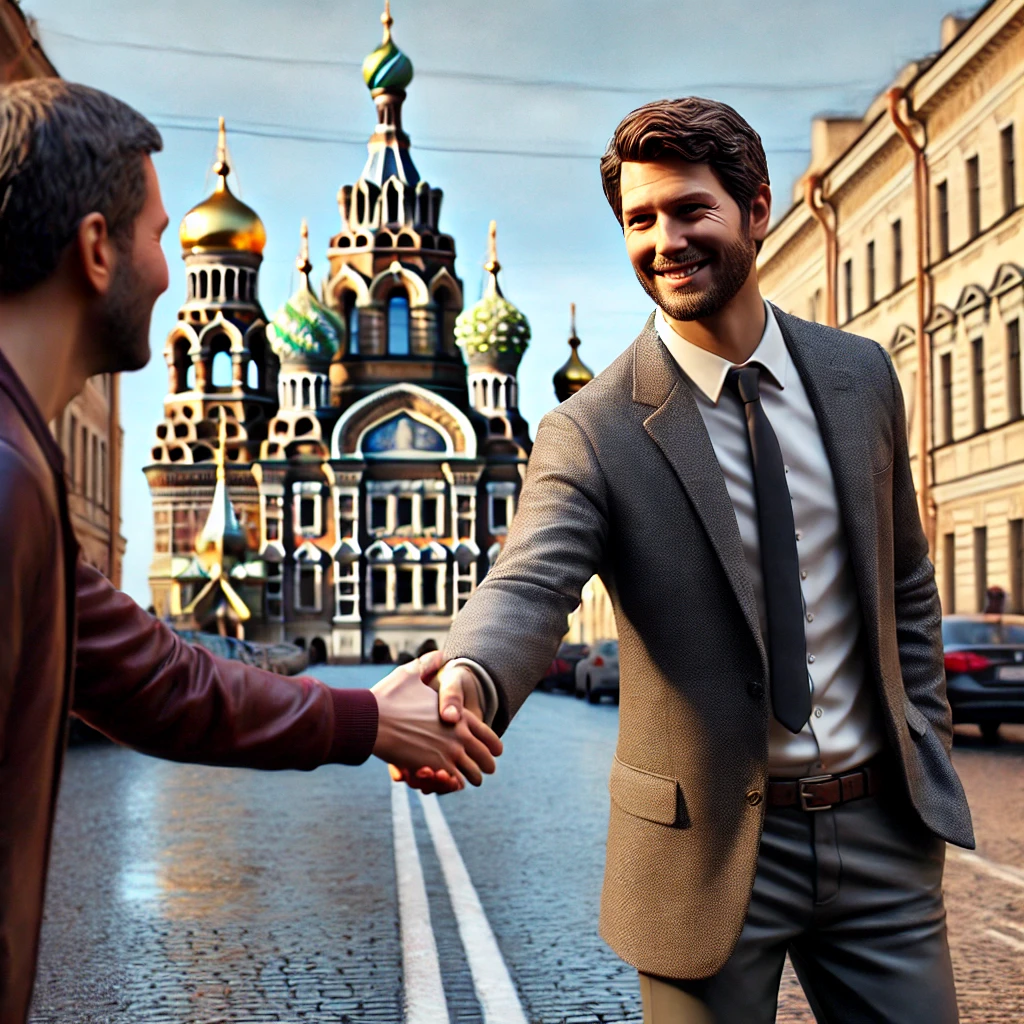How to Say “Hello” in Russian: Formal and Informal Greetings
When learning Russian, one of the first things you’ll want to master is how to say “hello.” Greetings are an essential part of daily interactions, and in Russian, they vary depending on the level of formality, time of day, and social context. Unlike English, Russian has multiple ways to say hello, each carrying different connotations and levels of politeness.
In this guide, we’ll break down the most common Russian greetings, from formal to casual, and explain when and how to use them. Whether you’re planning a trip to Russia, making Russian-speaking friends, or simply exploring the language, this article will help you start conversations with confidence.
Formal Greetings in Russian
In professional, business, or polite social settings, it’s important to use formal greetings to show respect. Here are the key phrases you need to know:
1. Здравствуйте (Zdravstvuyte) – The Standard Formal Greeting
This is the most universal and widely used formal greeting in Russian. It works in almost any situation where politeness is required.
✔ When to use it:
When addressing strangers
In business settings
When speaking to older people
When meeting someone for the first time
✔ Pronunciation tip: The first syllable can be tricky. Break it down: z-drah-stvooy-tye.
✔ Example:
Здравствуйте, Мария! (Hello, Maria!)
Здравствуйте, как дела? (Hello, how are you?)
2. Добрый день (Dobryy den’) – Good Afternoon
If you want to be slightly more time-specific but still polite, use Добрый день (Good afternoon). It’s appropriate for formal encounters during midday.
✔ Other time-specific greetings:
Доброе утро (Dobroye utro) – Good morning (used before noon)
Добрый вечер (Dobryy vecher) – Good evening (used after 6 PM)
✔ Example:
Добрый день, Иван Сергеевич. (Good afternoon, Ivan Sergeevich.)
3. Приветствую вас (Privetstvuyu vas) – A Very Formal Greeting
This greeting is used in official or solemn situations. It translates roughly to “I greet you.” While not common in everyday conversation, it may be used in speeches or formal meetings.
✔ Example:
Приветствую вас, уважаемые коллеги. (I greet you, esteemed colleagues.)
Informal Greetings in Russian
When speaking with friends, family, or peers, you can use more relaxed greetings.
1. Привет (Privet) – The Most Common Informal Greeting
Привет is the Russian equivalent of “Hi.” It’s friendly, simple, and widely used in casual situations.
✔ When to use it:
With friends and family
Among peers and colleagues (in informal settings)
In text messages and social media
✔ Example:
Привет, Ольга! Как дела? (Hi, Olga! How are you?)
2. Здарова (Zdarova) – Slang for “Hey”
This is a very informal way to say hello, mostly used among young people, particularly men.
✔ Example:
Здарова, брат! Как жизнь? (Hey, bro! How’s life?)
3. Хай (Khaj) – Russian Adaptation of “Hi”
Some Russians casually use Хай, an informal borrowing from English, mainly in youth culture and online conversations.
✔ Example:
Хай, ребята! Что нового? (Hey, guys! What’s new?)
Regional and Unique Greetings
Different Russian-speaking regions have unique ways of greeting. In some rural areas, you might hear:
Здоровеньки булы (Zdoroven'ki buly) – A Ukrainian-influenced greeting used in southern Russia.
Салам алейкум (Salam aleikum) – Used among Russian speakers of Muslim backgrounds.
Non-Verbal Greetings in Russian Culture
Beyond words, Russians use specific gestures and body language when greeting someone:
A firm handshake – Used in business and among men.
A slight nod – A common, subtle greeting in public spaces.
Hugs and kisses on the cheek – Among close friends and family, particularly among women.
❌ Avoid weak handshakes – A weak handshake can be seen as insincere.
Common Mistakes When Greeting in Russian
❌ Using “Привет” in formal situations – Stick to “Здравствуйте” in business or professional settings.
❌ Mispronouncing “Здравствуйте” – It’s a tricky word, so practice saying it slowly.
❌ Forgetting about stress placement – Russian words change meaning based on stress. Be careful with pronunciation.
Practice Your Russian Greetings!
To sound natural when greeting people in Russian, try these tips:
✅ Practice out loud – Say greetings in front of a mirror or record yourself.
✅ Listen to native speakers – Watch Russian movies, interviews, and videos.
✅ Use greetings in real conversations – Speak with native Russian speakers or language partners.
Conclusion
Mastering Russian greetings is a key step in feeling confident when speaking the language. Whether you need to be polite and formal or friendly and relaxed, choosing the right greeting will help you make a great first impression.
Start using these greetings today and see how easy it is to sound more natural in Russian! What’s your favorite Russian greeting? Share in the comments!

